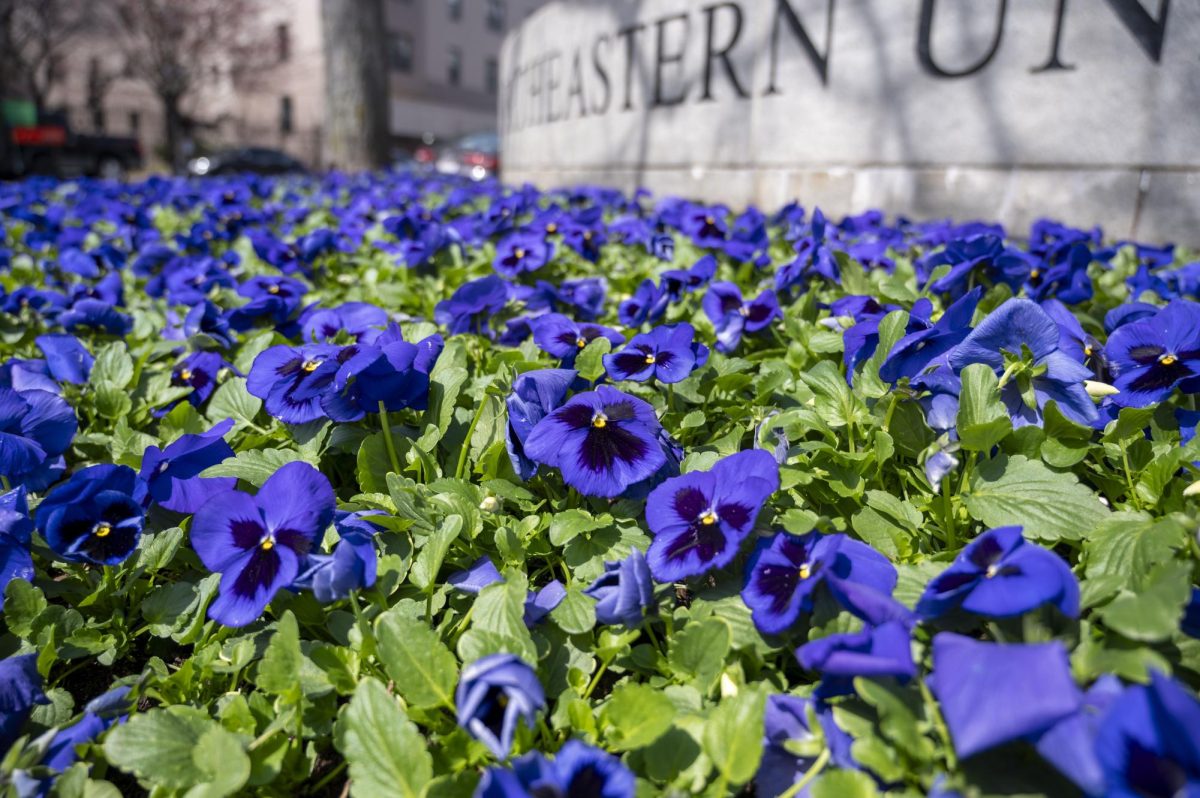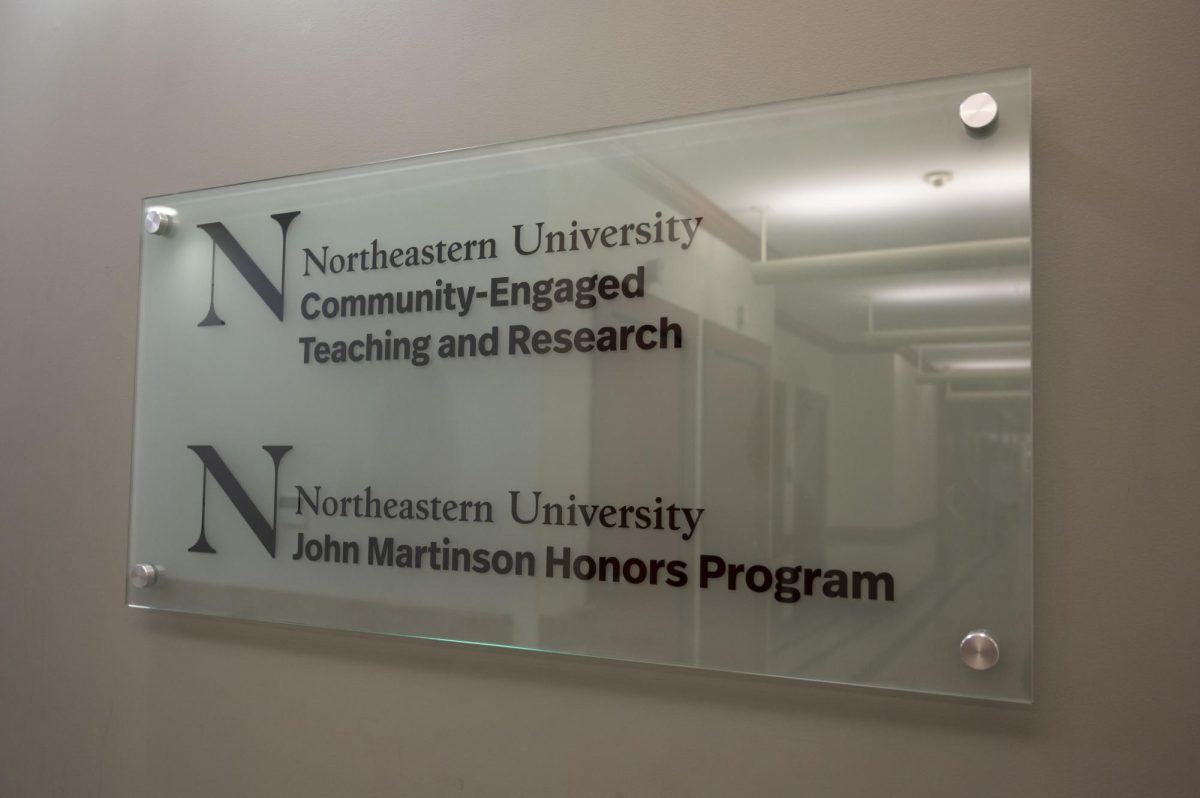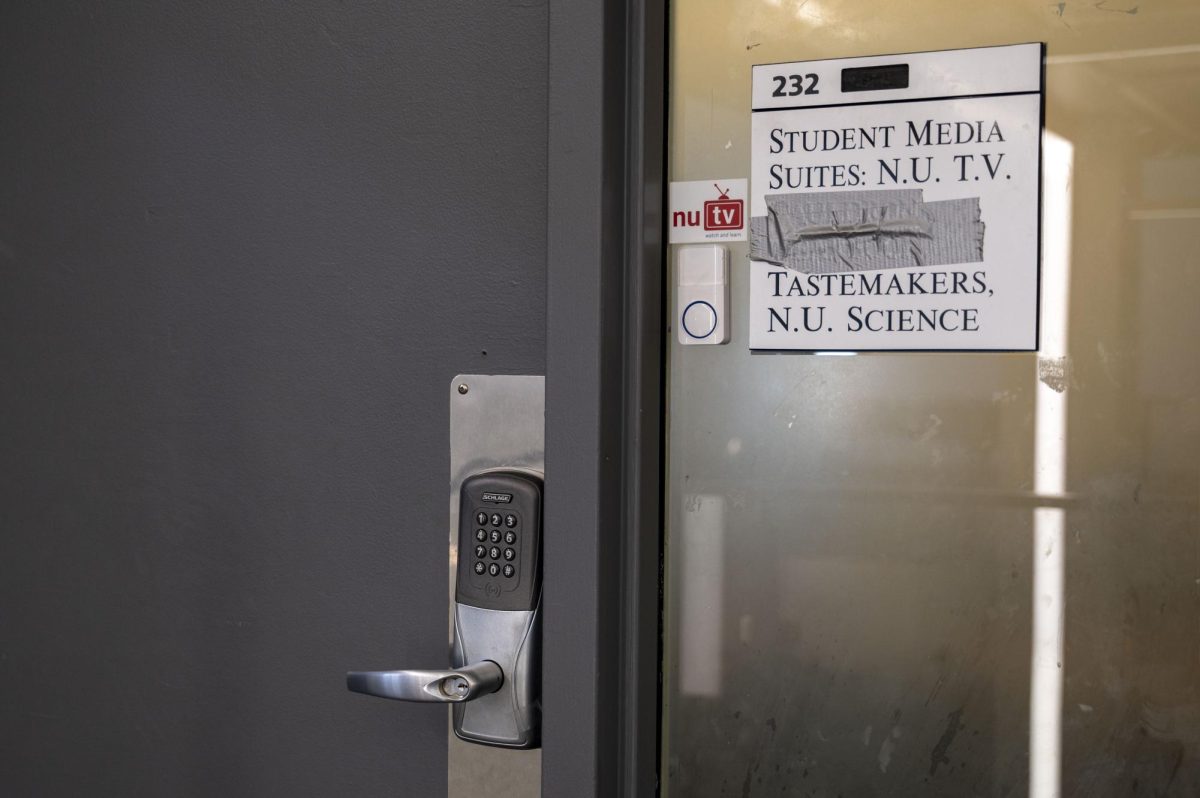The Institutional Master Plan (IMP) notification form Northeastern filed with the Boston Redevelopment Authority last month represents a milestone in Northeastern’s decades-long transition from a large regional commuter school to the selective midsize research university it is recognized as today.
Amid the potential plans for redevelopment on campus that are contained within the almost-100-page report, are proposals to develop the Columbus Lot, North Lot and Ryder Hall lot to make room for academic, residential and recreational space. The Gainsborough Garage could also be slated for redevelopment under these plans, but the spaces would be replaced in the new facility.
If Northeastern fulfills these plans, 523 parking spaces will be eliminated and the only major parking areas left on campus will be the Columbus, Renaissance, West Village and redeveloped Gainsborough Garages.
This disappearance of parking over the next 10 years could be part of a bigger picture move by the university. Long gone are the parking lots that used to cover Northeastern’s campus. They have mostly been replaced by new academic buildings and residence halls. Once completed, this IMP could be the end of surface parking lots at Northeastern, and thus the end of Northeastern’s long legacy as a commuter school.
In its heyday as a commuter school, Northeastern had 40,000 students – most of them commuters, according to the IMP notification – which is almost twice 2010’s total full-time enrollment of 20,530. According to the IMP, in 2000, 27 percent of students drove to campus as opposed to only 11 percent today. While commuters and the overall population are decreasing, residents are increasing. Northeastern has added more than 5,000 beds to campus since 1999. This doesn’t include the expected 720 beds that will be added when the new GrandMarc residence hall (being built behind the YMCA) is completed in the fall of 2014. All students are now required to live on campus through their sophomore year.
The changing landscape of campus is just one sign of Northeastern’s rise as an internationally reputable university. More notably is Northeastern’s dramatic upward momentum in the US News & World Report National University Rankings. Northeastern, which is currently ranked at 56, has risen 40 spots since just 2008.
Meanwhile, Northeastern is expanding to satellite campuses across the country, the second of which is opening today in Seattle. As it expands across the country, Northeastern is also gaining national recognition, especially for its work in national security – the school was named one of four National Centers of Academic Excellence in Cyber Operations by the National Security Agency last June.
While the loss of this parking will be accompanied by tighter restrictions on students who want to have a car on campus, and could cause some problems (especially for students who need a car for co-op), the facilities that will replace these lots are necessary for the progress of the university and the surrounding neighborhoods, since expanded operations at Northeastern will create jobs and bring more money into the community.
Past developments have helped Northeastern come as far as it has, and the developments outlined in the IMP will likely help keep the university on its upward trajectory. In the meantime students can recognize this IMP as the end of an era, and fantasize about the inevitable day when Northeastern passes Boston University in the rankings.













